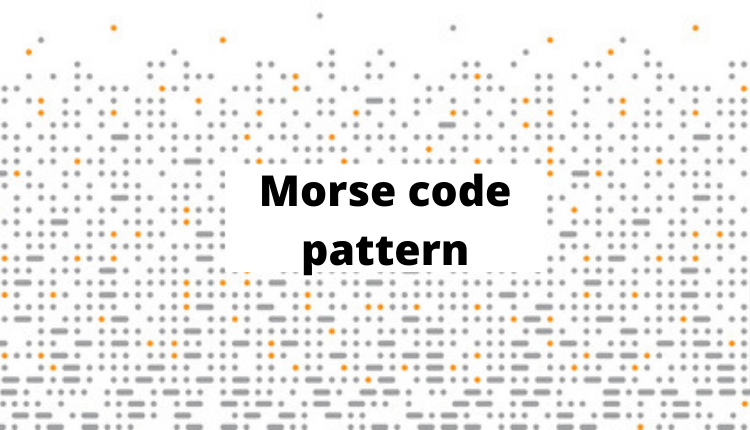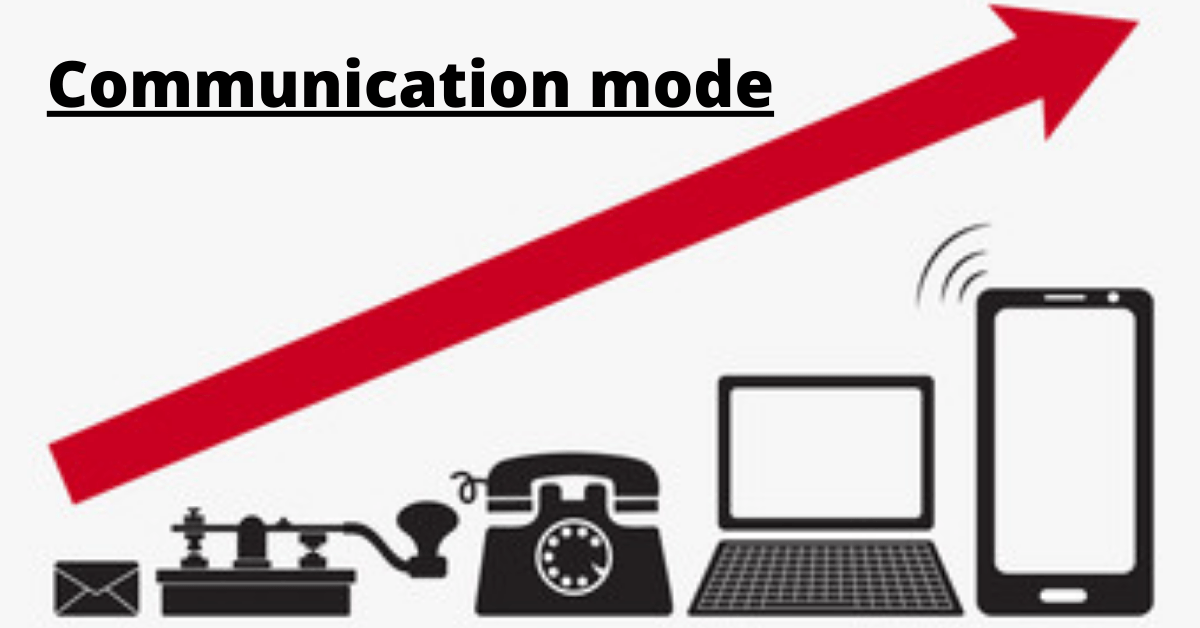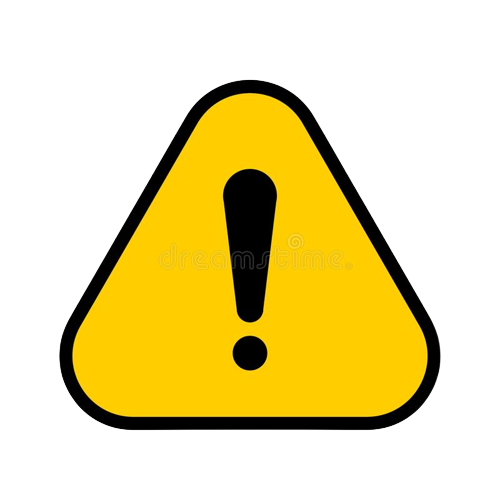Technology has come a long way. However, there are certain masterpieces that we cannot forget. Even before smartphones or telephones were invented, people used to communicate using Morse code.
It was a much easier time when people were fascinated by the smallest technological advancement. Despite being introduced more than 160 years, the Morse code is still utilized today on some ships and by amateur radio users.
Now, if you used to be a boy scout growing up, chances are that you might have given Morse code a trial or used it with your grandfather on his ham radio. However, even if you are new to Morse code, it creates an engaging and rather fun hobby. You can also study Carl Kruse Talks Morse Code to learn more.
Chronology of Morse Code

Samuel F. B. Morse created the Morse code during the 1830s. He worked with the electric telegraph in 1932 and invented a better practical system in 1844. The technology was later patented in 1849.
Although it has been over a century since Morse invented the code, it has only undergone a few changes. In the beginning, Morse code was used to only send digits. Then, the transmission’s receiver made use of a dictionary to decode them into words. As the process proved monotonous, the code soon developed to include letters as well as punctuation.
Morse encountered Congress in 1844 to show his little machine. The first public message was transmitted on 24th May 1844 which was “What God has brought”. There was a device in the original telegraph system which spat out indentations on a string of paper.
The long mark was called “dashes” and the short ones “dots”. As users of the telegraph became more skilled, the paper tape was soon dispended and the code was decoded by year. Andrew Carnegie was a self-made capitalist who worked as a telegraph operator growing up and learned to decode the code by ear.
There were more than 23,000 miles of line throughout the country a decade after the first telegraph line was established in 1844. The telegraph and Morse code are both reliable for the growth of the American West.
It was used by railroad companies to convey between stations. This resulted in telegraph companies popping up everywhere and the shortening of the time required for communicating across the nation.
European countries also created their very own Morse code during the same span. Thus, the code that was used in the United States has named the American Morse code and the one in Europe was known as the Continental Morse code.
Radio communication was taught in the 1890s and the Morse code helped with the transmission of messages at sea. With radio frequencies growing, international communication became a reality. This led to the evolution of the International Morse code in 1912 and it was used for all international communication.
However, the American Morse code continued to be used by many telegraph and railroads as it could be transmitted much quicker. But, today it has become vanished. There are still some amateur Civil War re-enactors and amateur radio users who try to preserve it.
Since Morse code was essential in aviation and maritime shipping, pilots had to understand how to communicate with Morse code until the 1990s. Things have varied today as only amateur radio users actually make use of the Morse code. Until 2007, you could get a radio amateur radio license in the United States which demanded you to pass the proficiency test.
How Can You Study Morse Code?

Now that you know about the chronology of the Morse code, you must be wondering how you can learn it. The truth is that learning Morse code is similar to learning any other language. You have to practice continually if you want to master it.
To get begun, you need to introduce yourself to the code itself. Learn about how the alphabet looks like to comprehend it. The International Morse code alphabet is cited below to help you out.
1 Dash = 3 Dots
The Space Between The Identical Alphabet = 1 Dot
The Space Between Alphabets = 3 Dots
The Space Between Words = 7 Dots
Hear to Morse Code
To get better familiarized with Morse code, you need to spend some time listening to it. The internet is loaded with resources that you can use to listen to Morse code. Listen to the recordings and try to decode the letters.
Make a Nifty Chart
Next, you can start decoding code by printing out a nifty chart which you can fill up. Cover each and every single alphabet as well as a symbol to assure that you do not leave anything out.
Now, use the nifty chart and fill it up with everything you listen to. Then, you can review the end results to see what is actually being said.
Utilize an Online App to Practice

In complement to the above, you can also use an online app to practice Morse code. Even if you use that app 10 minutes every day, you will soon become a Morse code wiz.
Begin with the International Morse code and then move to the American Morse code to see how the two are distinct. It will make the experience a whole lot more joyous. You will get to know how the system was developed.
Closures
Even after 160 years, Morse code continues to be used today. It depicts just how amazing of a system it is. You can make Morse code memorization faster by learning the number of characters there are in each alphabet. It will let you narrow down the chances to understand the message in a single attempt.
Remember, Morse code is simply like any language. Hence, you have to keep moving if you want to fascinate your friends or prove to yourself that you can do something as amazing as learning Morse code. There is no need to give up as everything takes a while. You will see results ultimately.


